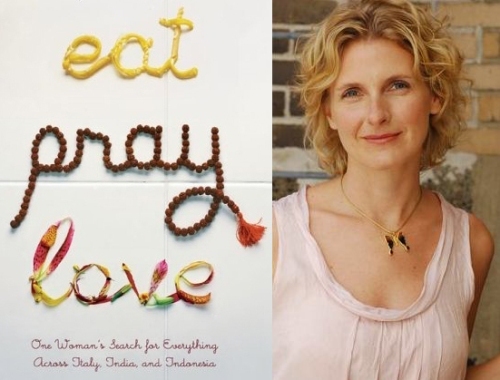When Less is More
/Although there's plenty of research that highlights the importance of constraints in creativity and innovation, it's often hard to imagine that being true in our own lives. After all, if I can cook this delicious meal in my own kitchen, imagine what I could do with double the budget!
Less is often more, though, and I recently had a chance to see that maxim in action by taking part in Research As Design, a short-form course designed by Marilyn Cornelius, Amanda Cravens, Anja Nabergoj, Nicola Ulibarri, and Adam Royalty, now in its eleventh iteration at Stanford. The basic premise of the course is that although research can be an enormously creative endeavor, academics rarely have any real training in the creative process. The course goal is thus to apply the design thinking mindset and tool kit to the process of academic research. If you're at Stanford, I highly recommend participating. If you're not, get in touch with Marilyn anyway: they've got great lessons and they're eager to share.
The prompt for this post, though, was a momentary outburst of frustration from one of the students during a brainstorming exercise. We were working as a group to identify solutions to an issue in our research when the instructors imposed an arbitrary constraint: the solution had to cost a million dollars or more. It honestly made no sense. How do you stay focused while working on a difficult problem? Jewel-encrusted headphones. Build a private office on a desert island. Hire Ryan Gosling to distract the people who were trying to distract you. What?
The goal of brainstorming is to encourage outside-the-box thinking. Adding arbitrary, or even silly, constraints does this by making you think of crazy, impractical, or even impossible solutions. Not only might one of these "crazy" solutions turn out to be totally feasible, but at the very least you're forced to identify (and maybe ignore) the implicit assumptions that had constrained you before. It sounds crazy, but it works.
And here's a testimony to prove it. Phil Hansen is an artist who suffered irreparable nerve damage that eliminated his ability to draw straight lines. Rather than being stymied, he took this constraint and used it to launch his art into a new realm of creative (and sometimes crazy) expression. Take a few minutes to watch his 2013 TED talk here:

